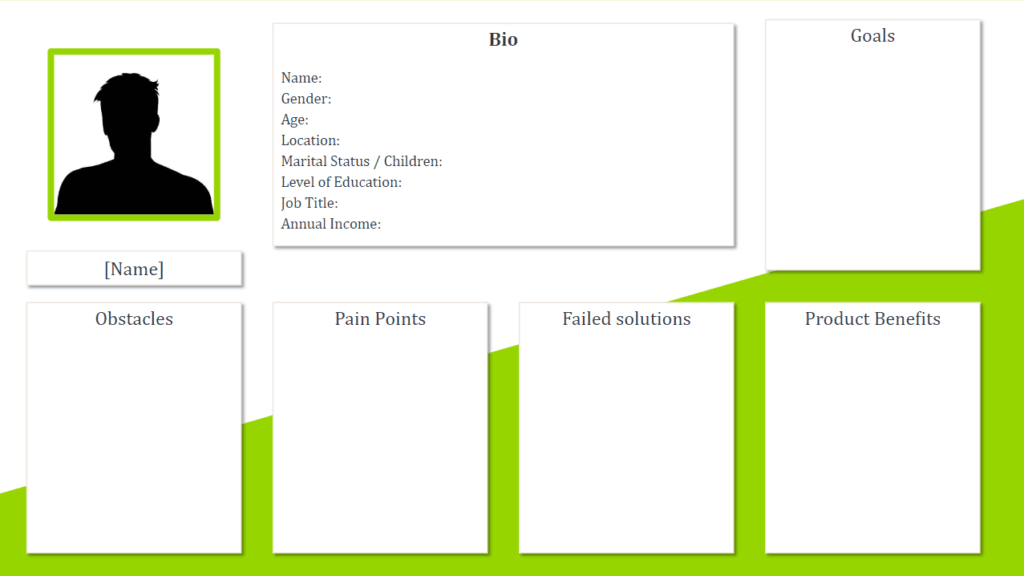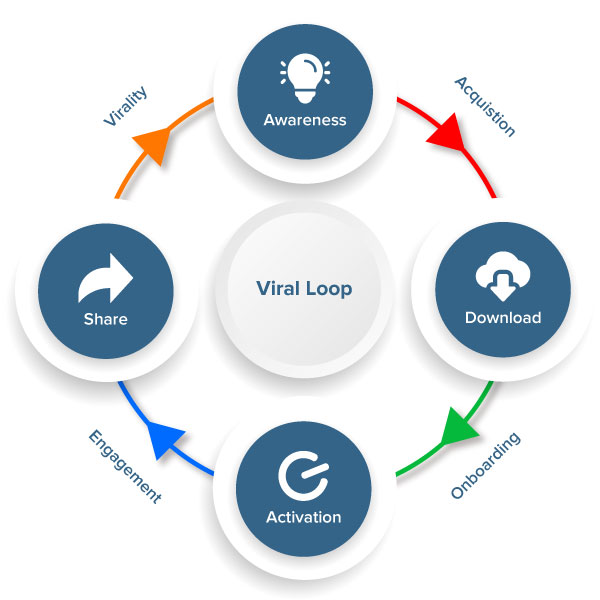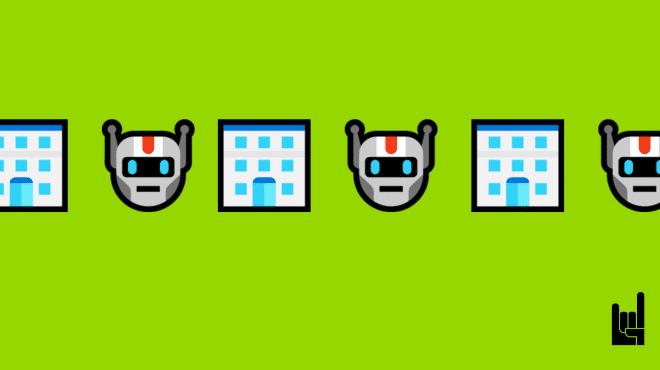The days of building a website, sitting back, and counting the profits are long gone. Now, the new tech-savvy kids on the block are using innovative strategies to connect with their target audiences.
And if you continue using traditional techniques that don’t differentiate you from your competition, you’ll quickly become yesterday’s brand.
To stand out and shine in a crowded marketplace that’s selling similar products with similar features and solutions, you have to create compelling, authentic brand stories that show your customers you genuinely care and can solve their problems.
Some brands already know this; it’s why they’re thriving, regardless of how crowded their marketplace is.
You can too – here’s how.
1. Know Your Target Markets Pain Points
Know this; consumers don’t care about you, your products, your brand, your profit margins, what you sell, or how you sell it. All they care about is how your brand-product-service will make their life better.
They want to know why they should buy your product.
And you tell them by finding their pain points.
Example:
My customers suffer from a lack of sleep due to light.
Do I focus my marketing strategy on the cause or the cure?
Neither.
I focus on their suffering by connecting with their pain points, which are the immediate and future problems associated with sleep deprivation.
Some of which are:
- Chronic fatigue
- Depression
- High blood pressure
- Diabetes,
- Heart attack, heart failure, or stroke.
- Obesity / Appearance
- Impairment in immunity
- Lower sex drive
Those are pain points no one wants. When I pitch my brand as the one that can stop those exact problems from happening because I researched and designed a product that eradicates the very cause, I’m speaking their language; I’m connecting with them because it’s about them. I am their solution.
- To find your target audience’s pain points answer the following questions: Why do they need or want your product?
- What are the root causes?
- And why are they suffering because of it?
Your why is your differentiator, find it and make sure your target audience sees it.

2. Invest In Your Identity
While researching, have you read that you need to find your POD (point of difference)? Perhaps your USP (unique selling proposition) or even your UPB (unique perceived benefit)?
I’ll let you into a little secret; it’s all vocational jargon for the same thing.
Standing out from the crowd.
And we can use all three to describe market differentiation. That’s the challenge you’re facing right now in your crowded marketplace.
Now you know, let me tell you how to find your market differentiation and make it work for your brand.
You and your USP
What exactly is a unique selling proposition?
It’s anything you do that makes your brand different from your competition. For example, it could be your product’s functionality (how it works, feels, looks), pricing, your placement strategy (your sales platform and methods of distribution), your marketing strategies, or stellar customer service.
Whatever it is, when used correctly, it ensures customers choose you over your competitors.
Why you need market differentiation
With new businesses popping up every day offering products similar to yours, it’s only the brands that stand out who get noticed. Differentiation is what makes that happen. It’s the term given to describe the positive ways your brand’s products or services differ from your competitors.
POD (points of difference) is used to describe those things that make your product different.
For example, I sell sleeping masks; mine has a soft, breathable micro cotton mix material on the inside and valor light blocking material on the outside. Those are two PODs, as the cotton mix is comfortable and the valor stops light penetration, and most importantly, no other seller uses them.
Your product’s essential PODS must scream benefit to your customers, so they instantly and positively associate them with your brand and not a competitor.
How to find your USP
You can find your POD in two ways.
- Research your competitors and look for any attributing elements that differentiate your product from theirs.
- Ask your customers why they chose your product.
Once you have your POD or PODS, use them as your USP, so they help you stand out; after all, that’s been the point all along!
And that’s done by clearly communicating them to consumers:
How branding helps you share your USP
Less than 10% of eCommerce businesses account for 90% of annual sales.
And most of the 90% that fail, make one critical error, inconsistent branding.
Did you know that consumers need to see a brand at least 6-7 times before registering it?
Once noticed, they’ll become familiar with it; familiarity instills trust, and trust = sales. Once consumers buy and are happy, they become loyal fans of your brand. Resulting in you becoming a success.
Sounds simple!
But to make this consumer/e-commerce brand buying relationship work, you must use specific branding elements that connect with those emotions.
Logo design
Although, small in stature, your logo carries a lot of weight on its shoulders. It plays a crucially important role in your branding strategy. When designed correctly, your logo can instantly engage a viewer’s attention, connect with targeted emotions, and register as a brand to trust.
Needless to say, your logo design is not something you should do on the cheap.
Over the last number of years, online logo maker platforms have become popular. Many small start-up businesses use them. These tools allow anyone to design a logo, without the need for a designer and at a low cost. However, you should avoid them, and opt instead to invest more in your logo design.
When it comes to getting a logo design there are lots of options. You can use freelance designers, create a logo design competition, or use an agency. Whichever option you choose, be prepared to pay over $300 and upwards for a top-class (unique) logo.
3. Use Transparency to Your Advantage
Another powerful strategy for getting noticed in a crowded market is transparency.
Just as with authenticity, consumers don’t trust brands that aren’t transparent. Now it’s essential to be an open book and let people see how your business is run and especially what you stand for.
According to the HuffPost, “94% of Millennials want to make a difference in the world through their work”. And they expect brands to feel the same.
And a recent Accenture Strategy survey showed – “66% of consumers think transparency is one of the most attractive qualities in a brand”.
You can be transparent about all sorts of things, such as:
- How you treat your employees
- Where you source your materials
- If you donate a percentage of your profits to a charity or local organization
- If you use eco-friendly products?
But what if you don’t support a cause?
First up, don’t be false; if you choose to support a cause and use it to promote your business, be sincere. Ok, with that said, determine a cause that will resonate and establish an emotional connection with your customers.
It’s an opportunity to show your brand’s personality and that you care about something important to them. Consumers love that, so don’t waste it.
And be vocal about social issues:
If you are supporting a popular good cause, tell consumers about it. Put it on your website, social media platforms, and merchandise.
According to an Edelman survey, “two-thirds (64 percent) of consumers around the world said that they would buy from a brand or boycott it solely because of its position on a social or political issue”.
Obviously, don’t support a contentious issue that could divide your target market. Your goal is to make your brand shine and increase your profits, not alienate yourself from a percentage of your audience.
4. Encourage Customer Referrals
Referral marketing, sometimes called ‘Word of Mouth’ marketing is one of the most powerful tools available for brands to promote their products or services. It’s a non-sales pitch way of selling your products and services. In fact, you don’t even have to sell your products – your customers do!

In fact, according to Review 42.com:
- “92% of consumers trust recommendations from friends”.
- “WOMM brings in 5 times more sales than paid media”.
- “74% of consumers identify word of mouth as a critical influencer in their purchasing decision”.
There are different referral strategies you can use to get people talking about your brand with their friends and family. You can use the classic refer a friend strategy. Offer incentives by way of coupons and discounts if customers share pictures of them using your product or service on their social profiles. Or if they leave a review about you on their profiles.
Customer referrals (when done right) help you create a buzz about your brand and stand out from the crowd. Referral marketing can also be done at scale; there are some powerful referral tools that help you manage and power up your efforts.
5. Live and Breathe Your Brand
To shine and stand out in a crowded market you have to believe in your business more than your competitors believe in theirs.
It’s because now, anyone can learn how to make a website, start a business, source products, build a quick e-commerce website, create multiple social media business accounts, and use the strategies you’ve found in this post.
Yes, anyone can, but most fail.
Over 90% of the estimated 12-24 million eCommerce stores in 2020 made less than $1000 worth of sales. And proves if you want to be one of the 10% of e-commerce businesses that stands out and becomes a success, you must live and breathe your brand.
You must use the strategies in this post and ensure your brand’s essence shines through every marketing platform you use. Promote your why and go the extra mile to prove to your customers that they’re more than just a sale.
Encourage customers to share their experiences with your brand and turn them into a loyal community that openly supports you, just as you do them.
If you’re really serious about building a brand you can be proud of, you have to live it.

I write for GrowthRocks, one of the top growth hacking agencies. For some mysterious reason, I write on the internet yet I’m not a vegan, I don’t do yoga and I don’t drink smoothies.



